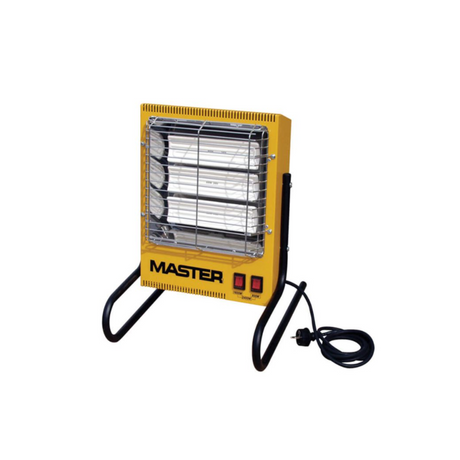When choosing an indoor infrared heater, it’s essential to ensure the power output, or wattage, matches the size of the space you need to heat. Higher wattage models, like those with 1500W or more, offer a greater heating capacity, making them ideal for larger rooms or areas that require more warmth.
Smaller, enclosed spaces may only need lower wattage heaters to provide sufficient and efficient warmth.
Selecting the right wattage helps you achieve consistent heating without wasting energy. This ensures you have both comfort and cost-effectiveness in your indoor space.














